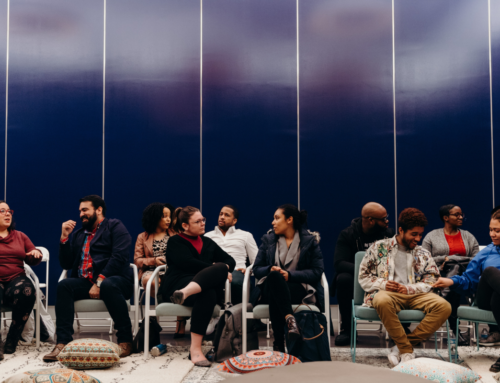If there is only one woman in a four-person candidate pool, she has statistically zero percent chance of getting the job, according to research published in Harvard Business Review by academics at the University of Colorado.
The problem with corporate diversity initiatives, according to Stefanie Johnson, a professor at the University of Colorado’s Leeds School of Business, is that companies often push to include only one minority, which gives them about the same consideration for the job as if they weren’t included at all.
“Lots of data show diversity is a good thing. It enhances corporate performance, innovation, and return on investments,” Johnson told TakePart. “[Recruiters] need to be spending more effort getting a group of qualified women and minorities in the applicant pool, not just one.”
Indeed, studies show that having more women in the workplace can improve firm performance and boost profits, but does having one woman versus two women in a group of eight finalists make a difference? The answer, according to Johnson, is a resounding yes.
Johnson’s research team conducted three studies in which it analyzed separate applicant finalist pools—and which candidate ultimately received an offer—to determine whether racial or gender bias was a factor in hiring. It found that the odds of hiring a woman were 79.14 times greater if there were at least two women in the finalist pool. The results were more significant for racial minorities, who had an almost 200 times greater chance of being hired if at least two minority candidates were in the finalist pool.
When there’s only one woman in a finalist pool of four or more people, Johnson found recruiters almost never hired that person. Rather than looking simply at the candidate’s qualifications, she said, they subconsciously create a judgment based on her being the only female.
“If there’s only one woman, it seems risky, like maybe that says something about her competency,” said Johnson. “If there’s just one, people will see them as a token, but I think that breaks down if you have lots of women, or even just two women. Then people say, ‘Let’s look at everyone’s strengths individually.’ “
Hiring more women and minorities is only the first step toward a more diverse workforce. There’s the wage gap to overcome, and the retention and advancement opportunities have to be improved too. Agencies such as Business for Social Responsibility have encouraged companies not only to hire women but to make plans that will get them to stay, and investment firm Arjuna Capital has challenged tech companies to close their wage gaps and hire more women. Some, such as Intel, Apple, and Microsoft, have stepped up to the plate.
Johnson recommends that companies that want to increase their diversity hires put more effort into getting a group of women or racial minorities into the finalist pool. She acknowledged that recruiting more candidates can be expensive, especially if an employer already has a qualified pool of people who are white or male. The payoff, however, greatly outweighs the costs, she said.
“If you look at the monetary benefits of diversity, the small increase in recruiting costs is negligible,” she said. Not to mention, if a recruiter is bringing in one token minority who has no chance of being hired anyway, that is already money wasted.











Leave A Comment